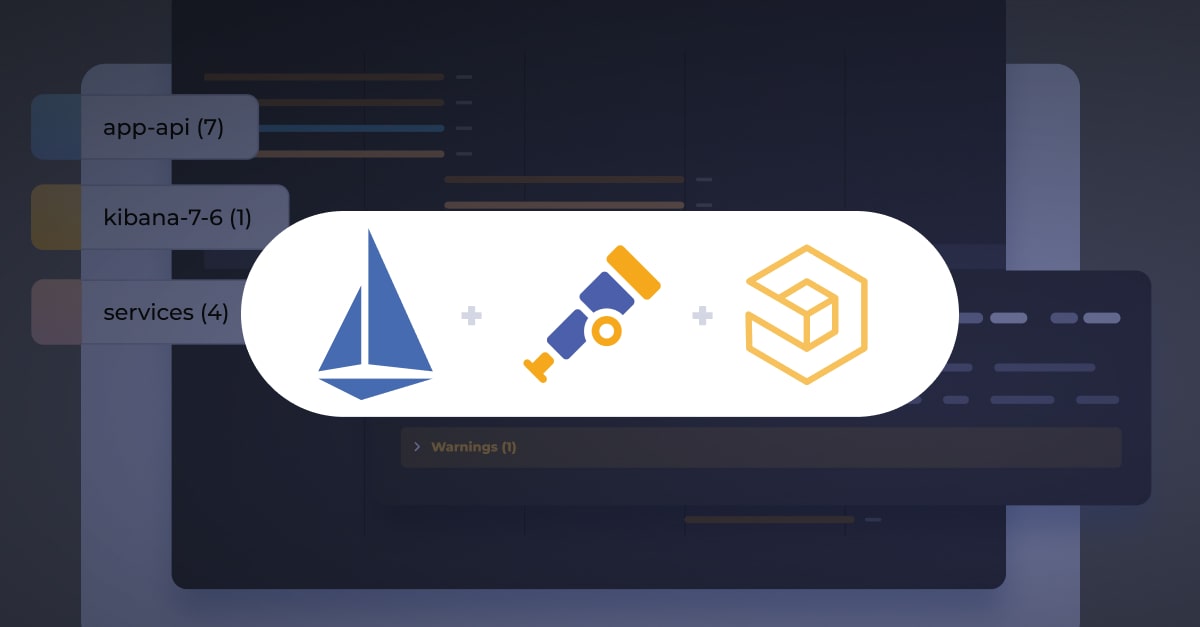
Using Logz.io for Spring Boot Logs

This post was co-written by Julien Dubois (Microsoft)
We recently wrote a blog with Julien Dubois, a Java Developer Advocate from Microsoft, on how to simplify logging for Spring Boot applications. This is a small preview.
Spring Boot is an open source Java framework that makes it easier for developers to create microservices. Azure just announced Azure Spring Cloud, which will help Java engineers on Azure developer Java microservices faster. This blog explores how to simplify logging for Spring Boot applications.
The format is similar to many of our blogs on this site. To make it easy for readers to try it themselves, we begin the blog by explaining how to ship log data from a popular development technology (in this case, Spring Boot) to Logz.io. While there are many ways to get Spring Boot logs to Logz.io, this blog explains how to add a Java appender to your application – which automatically ships the data to Logz.io once the application is up and running.
The second section is what to do with that data once its on the Logz.io Cloud Observability Platform. Readers learn how to:
- Query the data on Logz.io’s high-powered Kibana.
- Open our new Log Patterns tab to quickly understand what kind of data is generated.
- Identify critical logs – which could be indicative of larger production issues – with AI-powered anomaly detection (i.e. finding the needle in the haystack).
- Correlating logged events with specific deployments to identify the origin of production issues.
Interesting? Click here to view the blog!
Get started for free
Completely free for 14 days, no strings attached.




